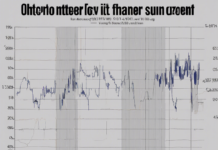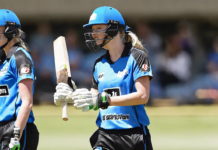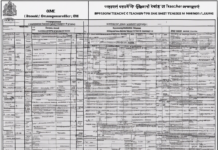Hypotension is the health condition in which an individual suffers from lower blood pressure than usual and displaces a variety of symptoms. The symptoms of hypotension include fatigue, nausea, dizziness, fading vision, and trouble concentrating on any specific topic. The blood pressure of any person fluctuates regularly but can also result from a chronic health condition.
All the symptoms need to be analyzed closely so that the issue can be treated immediately. To better deal with low blood pressure bottom number below 90/60, you should look for medical advice for orthostatic and postprandial hypotension. To prevent complications like stroke and kidney failure, medication is recommended to reduce the symptoms like fainting going forward.
A drop in blood pressure (BP) can be perilous for the health and cause injuries when a person falls. Luckily, it can be easily treated and tackled with the help of medical advice. Here are some ways to help with hypotension:
Make Dietary Changes
Depending on the severity of the symptoms, a medical professional will recommend different dietary changes. The significant change recommended is to eat more sodium and hence consume more salt in daily meals. For people with hypertension, limiting sodium is recommended; however, the opposite advice is given for people with hypotension.
This particular dietary change is recommended in precise doses because too much salt is not suitable for health. Apart from changing the sodium intake, one will also be recommended to increase their water consumption. Water will directly impact the fluid volume and increase it, which is helpful for anyone trying to reduce the symptoms. Drinking adequate water will also help prevent dehydration.
Have Medication
After judging the severity of the condition, the primary responsibility is to prescribe medication to get it under control. There are different drugs available to treat the situation effectively. If hypotension persists as a chronic condition, the doctors will try to continue with the medication to keep the pressure levels in check.
They will focus on improving low blood pressure bottom number so that one can remain in good health and function normally. A common medication to treat hypotension is fludrocortisone. It increases the blood volume and also helps in alleviating the symptoms.
Wearing Compression Stockings
Compression stockings or support stockings are prescribed for people with low BP. Individuals with hypotension are prone to varicose veins, which will take a lot on their feet. Varicose veins also lead to heavy swelling, which can be kept in control with the help of support stockings. They compress the veins enough to boost the pressure from the heart to the legs.
Some people are also advised to wear abdominal binders for the same purpose. These binders are also elastic enough to help with breathing. It will help in comfort and boost blood flow to different body parts. The abdomen and spine veins will also have enough blood flow with these binders.
A Few Lifestyle Changes
Lifestyle changes go beyond just changing the dietary requirements. People are required to exercise regularly to keep themselves healthy. Exercising boosts the blood flow to different muscles. Light exercising is recommended regularly except in hot and humid conditions. Additionally, small meals and less alcohol intake are also recommended.
Final Words
Lifestyle and dietary changes are required to reduce the severity of the symptoms or prevent them from surfacing again. Treating hypotension requires proper medical advice and medication depending on whether the symptoms are chronic or acute. One should be ready to make small changes in their daily life to tackle low blood pressure and its side effects.








